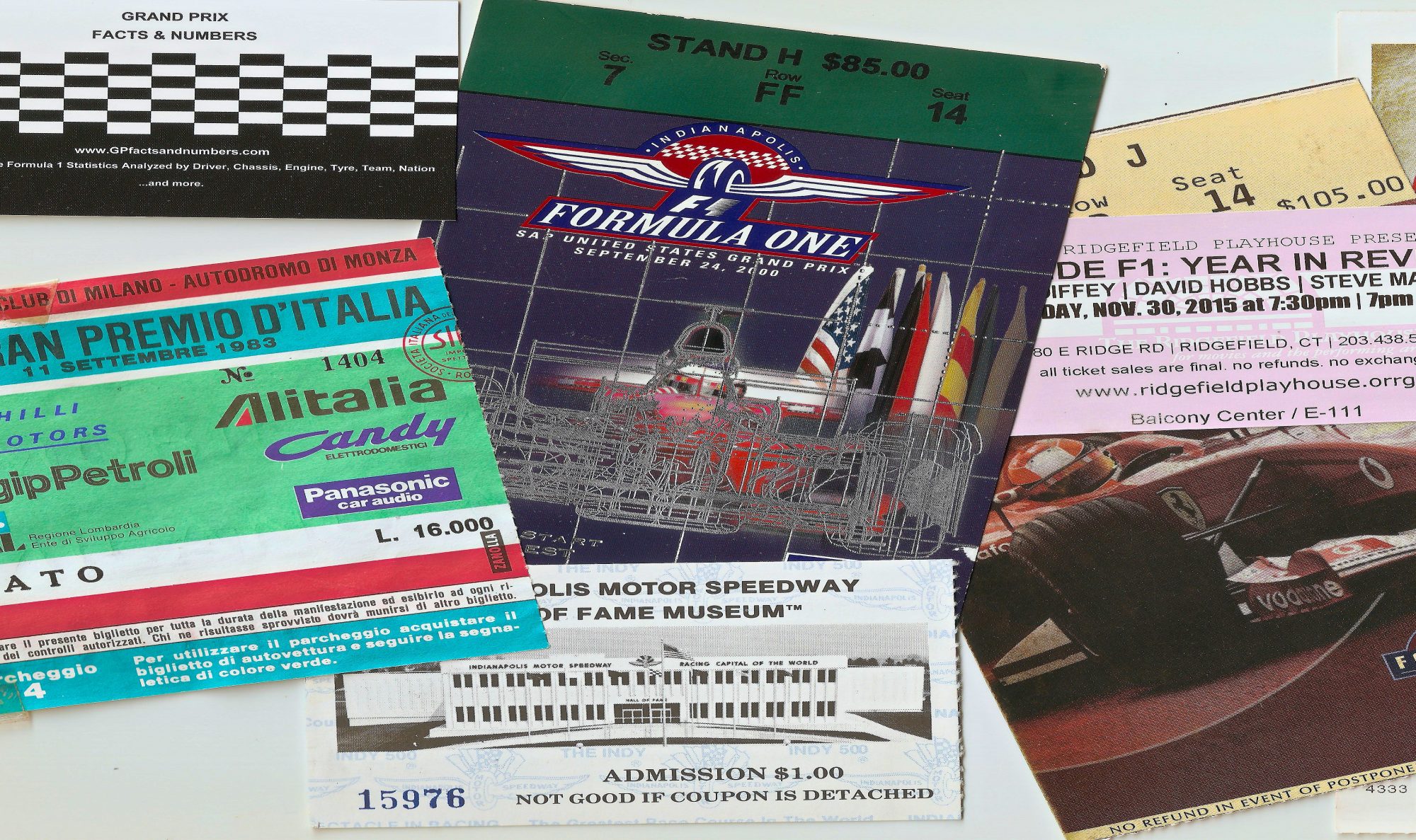The circuits are measured to one meter and the race distances and the average speeds are reported based on this length. However, in some cases the circuits were measured in miles under the imperial measurement system. The official results were published accordingly and then re-calculated for the metric system. Consequently, these reported figures contain variances caused by such conversion calculations. For those races results are disclosed in both measurement systems. Apparently, the South African circuit at Kyalami is the only one where races were reported under the imperial system (1968-1970) as well as metric system (1971-1985) while the track remained identical. The conversion rounding creates a variation of 14 meters over the race distance although the factual length of the circuit did not change. Races at the British circuit in Silverstone were reported under the imperial system until 1990 and on metric system since 1991, however, the track configuration has changed between those two years. Historically, all track measurements were responsibility of the race promoter and various methods were applied over the years. Also, apparently the position of the timing/finish line could be in a different place from the starting line, depending on the racetrack, but this fact was being ignored…and of course there are no records on where exactly the stop-watch operators were standing or sitting (relative to starting line) in the days before electronics took over. All this was finally standardized by the FIA in 1995 and since then there are several regulatory factors involved in starting grid and the finish line placement. Basically, the timing line position depends on the location of the Timing Room, generally located at either end of the pit lane. The ever-existing variance in the location of starting and finish line was acknowledged as an official factor in race-length calculation, called an offset. Essentially, this means that many, if not most, historical race distances and by extension race average speeds recorded prior to 1995, are likely incorrect.
Generally, the driver recording fastest lap in one of the qualifying sessions held during the Grand Prix event would start the race from the Pole Position, but qualifying changes being introduced since mid-2000s often cause variations to this standard. The driver leading across the line at the conclusion of each lap is credited with leading the entire lap, although this may not be the factual case on the road. Some of many examples include the 1968 US Grand Prix where Mario Andretti (Lotus Ford) led part of his first Formula 1 racing lap from the Pole Position, the 1977 Belgian Grand Prix where David Purley (Lec Ford) appeared in the lead for a few moments, and the 1982 Monaco Grand Prix where Derek Daly (Williams Ford) also has led the race briefly. In theory, on a circuit such as the original Nürburgring it was possible to lead for excess of 20 consecutive kilometers and receive no lead credit at all. The race distances are calculated by multiplying the circuit length with the number of laps, plus or minus any specified variations. If the race is stopped and re-started as new, the drivers not taking part in the re-started race get no credit for any laps they might have completed during the rescinded part. For total race distance, the grid position of individual cars is not considered, as are not any excursions to the pit lane or off track, nor any variations created for races with rolling start or re-start behind a Safety Car. The last Grand Prix featuring starting grid with more than two cars per row was held at Zandvoort in 1973. Sometimes during the starting grid standardization process a regulation has been implemented ensuring that the grid positions are separated by 8.00 meters. A staggered two-cars-per-row grid was made mandatory in 1981. Presumably, there were no regulatory standards prior to that and it was up to track management to devise a starting grid configuration. Generally, during the 1950s and most of 1960s the starting grid rows were in (or nearly in) a straight line and featured as many as four cars.
